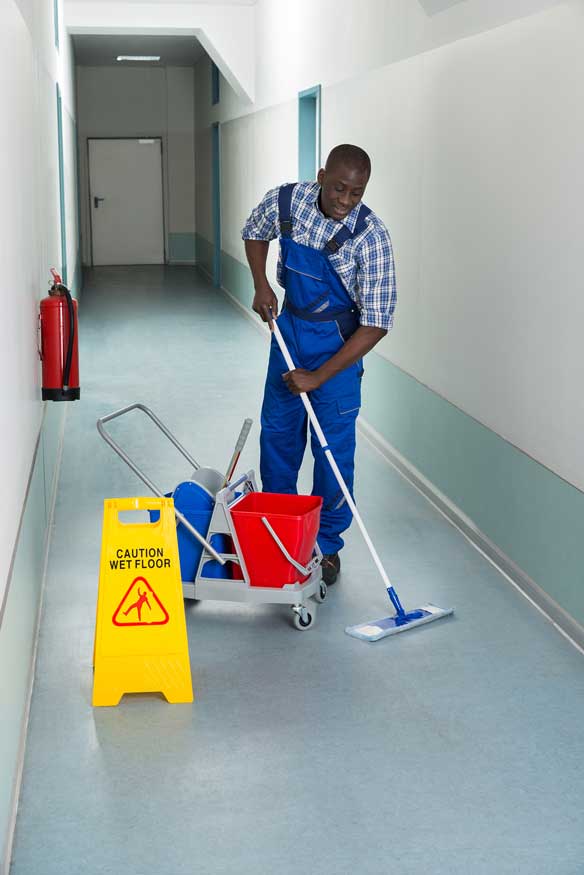There are as many different industrial cleaning equipments and methods as there are types of client; industrial cleaning customers come from diverse backgrounds, ranging from automobile manufacturers to the managers of water treatment facilities and pharmaceutical companies, among other fields. As such, various industrial cleaning equipments serve all manner of purposes: Removing paint, cleaning walls and ceilings, disinfecting and cleaning industrial kitchens, cleaning heavily soiled floors, washing down industrial machines, and more.
While there is a great deal of overlap between traditional commercial cleaning equipment and industrial cleaning equipment such as the methods on offer when you visit https://www.choicecleaning.co.uk/, if you plan on tackling industrial clients, you will likely need to invest in a few different industrial cleaning equipments and tools due to the more persistent nature of the messes in industrial environments. You will also need to change some of your cleaning strategies as industrial processes tend to generate sometimes toxic dust, dirt, and grime which may be impossible to safely and fully remove with unaltered conventional cleaning equipment and methods.
Jay Mandelstam, the president of Denver Commercial Property Services, an American cleaning firm which is known for its experience in handling industrial accounts, has become an expert on adapting commercial equipment to fill the needs of his industrial clients. “We tend to use the same cleaning equipment [as our commercial cleaning services],” Jay explains, “But what varies is how we use that equipment.”

For example, Mandelstam employs the same autoscrubbers that he puts to work when serving his commercial cleaning clients, but he replaces the neutral floor cleaner that he uses in commercial environments with a heavy degreaser capable of removing stubborn grease soil. He also instructs his employees to spend more time on industrial cleaning jobs; industrial dirt and grime often takes many passes to fully remove (whereas commercial soils usually only require a single pass, thanks to the efficiency of modern cleaning equipment).
For instance, in a credit card warehouse that Mandelstam’s firm regularly cleans, there is “A lot of paper, and the machines throw off a ton of dust. You have to apply more pad pressure when cleaning the floors and use more aggressive brushes,” says Jay, “Because the dust is pretty stubborn. Also, you’re no longer dealing with a desk-side trash can. You’re dealing with a 45-gallon pail with all kinds of material in it, so you have to teach workers proper lifting techniques.”
Additionally, Mandelstam advises that cleaners be ready to invest in equipment capable of handling special jobs, such as the cleaning and sanitising of walls, ceilings, and machinery, if they do not already own these more specialised industrial cleaning equipments. Typically, this category of equipment include items like 1,000-psi pressure washers, foam guns, and cryogenic cleaning machines (which use pressurised dry ice, the solid form of carbon dioxide, to perform cleaning duties).
Cryogenic cleaning is necessary to handle certain industrial jobs as it eradicates many safety and contamination issues. “With cryogenic cleaning, there’s no secondary contamination, because there are no chemicals used,” explains Paul Greenland, president of Aetna Integrated Services. “You can use it in regulated industries and in areas where you can’t have water because there’s electricity present or you don’t want moisture or humidity left behind in machines that you’re cleaning.”
With these specialised machines and techniques at the ready, experienced commercial cleaners should have no trouble handling industrial clients and embracing the diverse challenges and rewards that come with handling tough, large-scale jobs.
